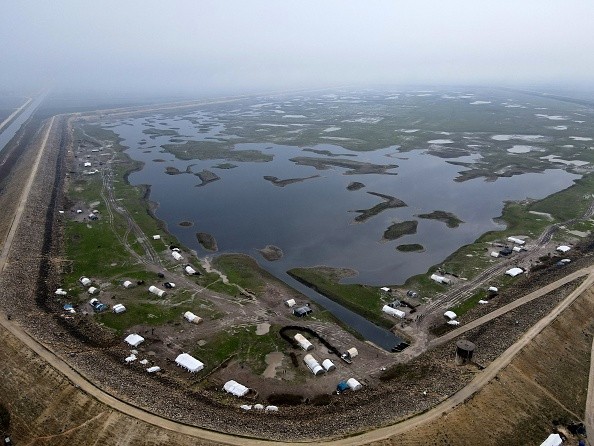Recent study from the University of East Anglia (UEA) revealed that rising temperatures are making river basins all over the world prone to floods.
The detailed study has disclosed that just a moderate rise in temperature of 1.5 degrees Celsius will pose serious dangers in portions of India, China, Ethiopia, Ghana, Brazil, and Egypt. These are the countries involved in the study.

Flood Risks Due to Global Warming
Dr. Yi He and her team in Tyndall Centre for Climate Change at the University of East Anglia (UEA) studied the risk of river flooding for six global warming levels between 1.5 and 4 degrees Celsius by 2100.
All six countries studied were thought to be sensitive to climate change, and they were chosen based on their location, development level, and size.
A number of prior studies have focused on the effects of climate change on the frequency of floods around the world, as per Phys.org.
Climate models, time periods, and hazard measures are all used in this study to estimate the risk of flooding owing to global warming and make the results comparable at the country level.
Monthly observations, daily reanalysis data, and predicted changes in the five CMIP5 models were combined to provide daily time series of precipitation, temperature, and monthly potential evapotranspiration.
In order to mimic river outflow and flooding, these series were fed into hydrological and hydrodynamic models.
More People Will be Exposed to Flood Risks
An Associate Professor in Hydrology and Climate Change Research at the University of East Anglia's School of Environmental Sciences, Dr. He, headed the research project.
She said: "Our results indicate that return periods of one-in-100-year floods in the late 20th century are likely to decrease with warming, meaning an increased number of people will be exposed to flood risks, particularly with 4 degrees Celsius warming," according to UEA.
There is a great rise in exposure in the key river basin areas of the six countries, with exposure increasing by a factor of two in China and by a factor of 50+ in Egypt. It is estimated that increases in danger will range from 12 percent in China to almost 13-fold in the United States if global warming is limited to 1.5 degrees Celsius.
In the context of floods, a one-in-a-100-year event is described as an event that occurs on average once per 100 years. In other words, a one-in-100-year occurrence would be expected to occur ten times over a period of 1,000 years.

Intensification of Hydrological Cycle
Experts believe that climate change is contributing to more frequent large floods owing to record-breaking or continuous rainfall.
The hydrological cycle becomes more intense as a result of increased ocean and atmospheric temperatures caused by global warming. Researchers predict that when temperatures rise, the amount of water in the atmosphere will increase, resulting in more frequent and more intense rains.
Land clearing and other habitat changes around flood plains, such as construction and human population growth, can also lead to floods.
Although population models cannot accurately predict how many people will live in floodplains at the end of the century, any increase in global temperatures poses a serious threat to life. Almost 1 billion people currently live in floodplains.
As a result, future studies might incorporate glacier runoff and snowmelt into their models to account for glacier changes and the effects of global warming on water resources.
Related Article : Rising Sea Levels Due to Greenland's Ice Loss Can Exponentially Increase Global Flood Risk
For more news, updates about floods and similar topics don't forget to follow Nature World News!
© 2025 NatureWorldNews.com All rights reserved. Do not reproduce without permission.





